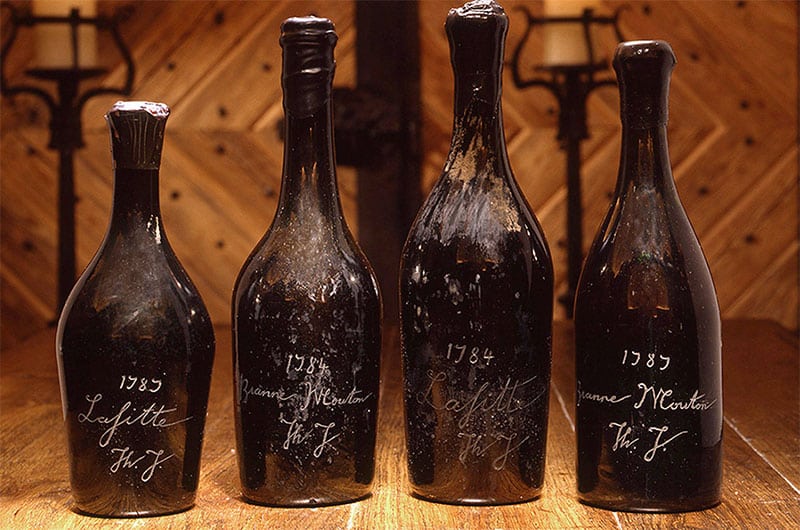by Jenny Benzie, Advanced Sommelier + Certified Wine Educator, Proprietress of Epernay Wine & Spirits
Summer on Nantucket has almost arrived. The freshly mowed grass is green, the peonies are in full bloom, and the night air is warm enough that you don’t have to watch the glorious Nantucket sunset from the warmth of your car.
You have your Nantucket Beach Chair ready, cooler stocked with plenty of Rosé wine and ice from the local bottle shop on island and rush last minute to get your Oversand Vehicle Driving Permit. Sounds like the beginning of an Elin Hilderbrand novel, which reminds you to stop by Mitchell’s Book Corner to order a few books from your summer reading list.
You arrive at Great Point, and while you enjoy sipping on your new favorite dry Rosé while reading at the beach, it takes you back to your adventures in Provence last fall while visiting Château d’Esclans, your birthday celebration traversing the Silverado Trail, and the delicious wines you served at the Nantucket clambake you hosted for your wedding on Brant Point several years ago.
Reminiscing about these types of wine memories allows us to escape to the places where the wine is made and recreate the emotions we experienced during our travels. Reading about wine does not have to be a list of wine descriptors that may not translate to your palate. It is not about a number that becomes a “score” associated with whether or not that wine is “good.”
Wine is, in its simplest form, a product of the earth. It starts with the land it comes from and from the hands who have carefully tended to the vine. This is long before the grapes make their way into the cellar at the winery. Only then does a winemaker take what the year has given them and carefully craft this into a libation that will become part of your life.
If you have ever been to visit the Napa Valley in California, you are greeted with a famous and oft quoted phrase from Robert Louis Stevenson,
“… and the wine is bottled poetry.”
It has been said that poetry engages and changes us, much like wine.
Stevenson wrote this in his travel memoir, The Silverado Squatters (1883), after his two-month honeymoon trip to the region. Here he visited several wine makers and spoke with wine growers in the area about what he thought was “experimental” winemaking in the region. If you have ever read the book and traveled to the region, you feel that you are right there with the author in his time and place.
Another wine memoir that takes us to the Old World is Adventures on the Wine Route (1988) by famed wine importer Kermit Lynch, who is based in Berkeley, CA. His story focuses on his travels in the French and Italian countryside to source small, artisanal wine producers to bring their wines back to the United States. He represents authentic wines that express “terroir,” also known as the sense of the place where the wine comes from. The 25th Anniversary Edition (2013) of his book has even more anecdotes about the people who produce the wines, their long-storied family history in winemaking and the culture of the villages that surround local food and wine culture.
For a more modern and American approach to experiencing and drinking wine without being regionally specific, enter Eric Asimov. Chief Wine Critic for the New York Times and repeat Wine Expert participant at the Nantucket Wine Festival, his book How to Love Wine: A Memoir and Manifesto (2012) reminds us to enjoy the sense of discovery when learning and tasting wines. He encourages you to explore and enjoy the diversity of the wine world, not just what critics (such as himself) or someone else says you should like about the wine. His memoir is a very personal, engaging and professional take on his proclaimed “lifelong love affair with wine.”
Thomas Jefferson, third President of the United States of America and principal author of the Declaration of Independence, was also an avid wine connoisseur and collector. As a Minister to France, he lived in Paris and traveled often to visit the vineyards of Burgundy and Bordeaux. Upon his return to the United States, he had amassed quite the collection of French wines that he brought to his home at Monticello in Virginia.
In 1985, when bottles of wine in an old walled-up cellar in France engraved with the initials Th.J. were found, it was believed they previously belonged to the aforementioned esteemed scholar and statesman. In the following few years, several of these bottles became available at various wine auction houses in London and Chicago. Bill Koch, Palm Beach billionaire, was the purchaser of some of the Th. J. engraved bottles. When he was interested in using them as part of a display for a collection at the Boston Museum of Fine Arts, he was asked to provide the provenance of the bottles to be displayed.
When his team had some trouble confirming this information, nothing — including the amount of money he spent — stopped Bill Koch from getting to the bottom his mystery. To find out the rest of the story, be sure to read The Billionaire’s Vinegar: The Mystery of the World’s Most Expensive Bottle (2008) by Benjamin Wallace. Note that it is always best to read the book before seeing the movie adaptation of the book, which is currently in development starring Matthew McConaughey.
According to Thomas Jefferson, “good wine is a necessity of life.” As you enjoy your reading time on the beach or quietly at night when everyone else has dozed off for the night, may your wine glass and time here on Nantucket snuggled up with a good book be full of abundance.

